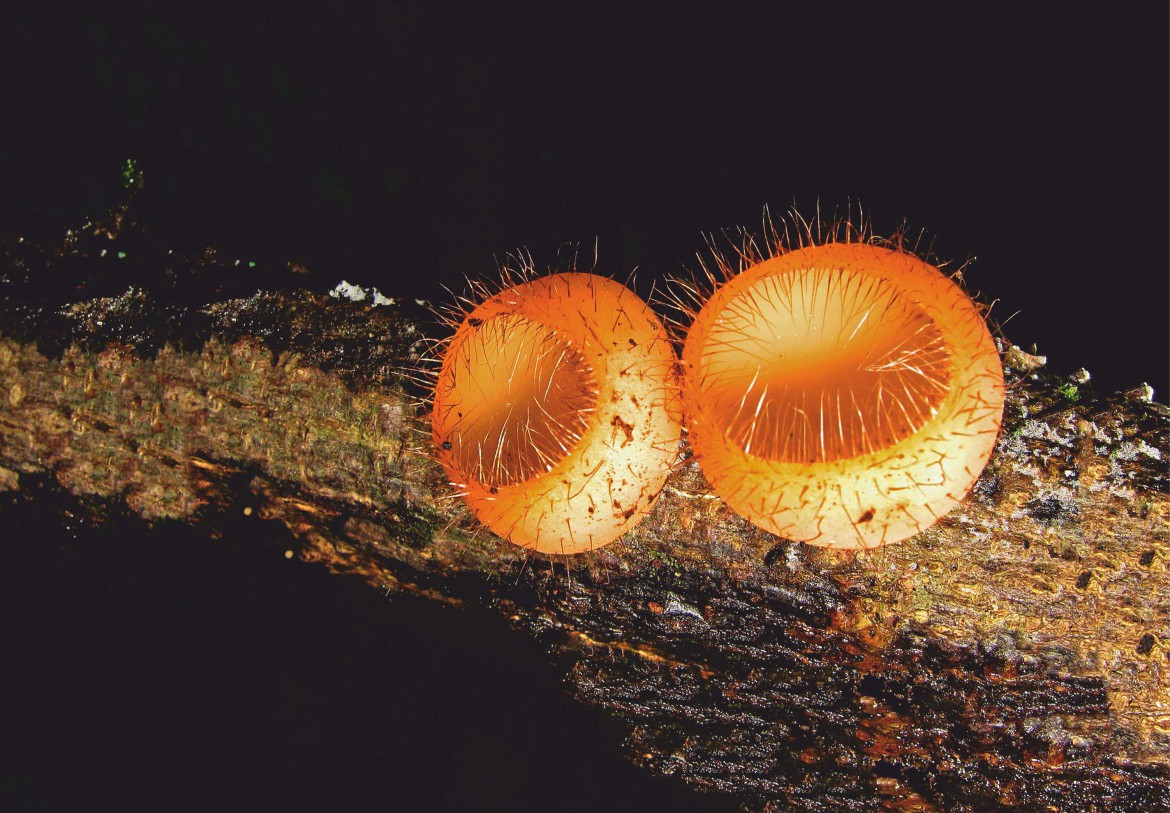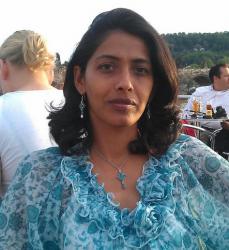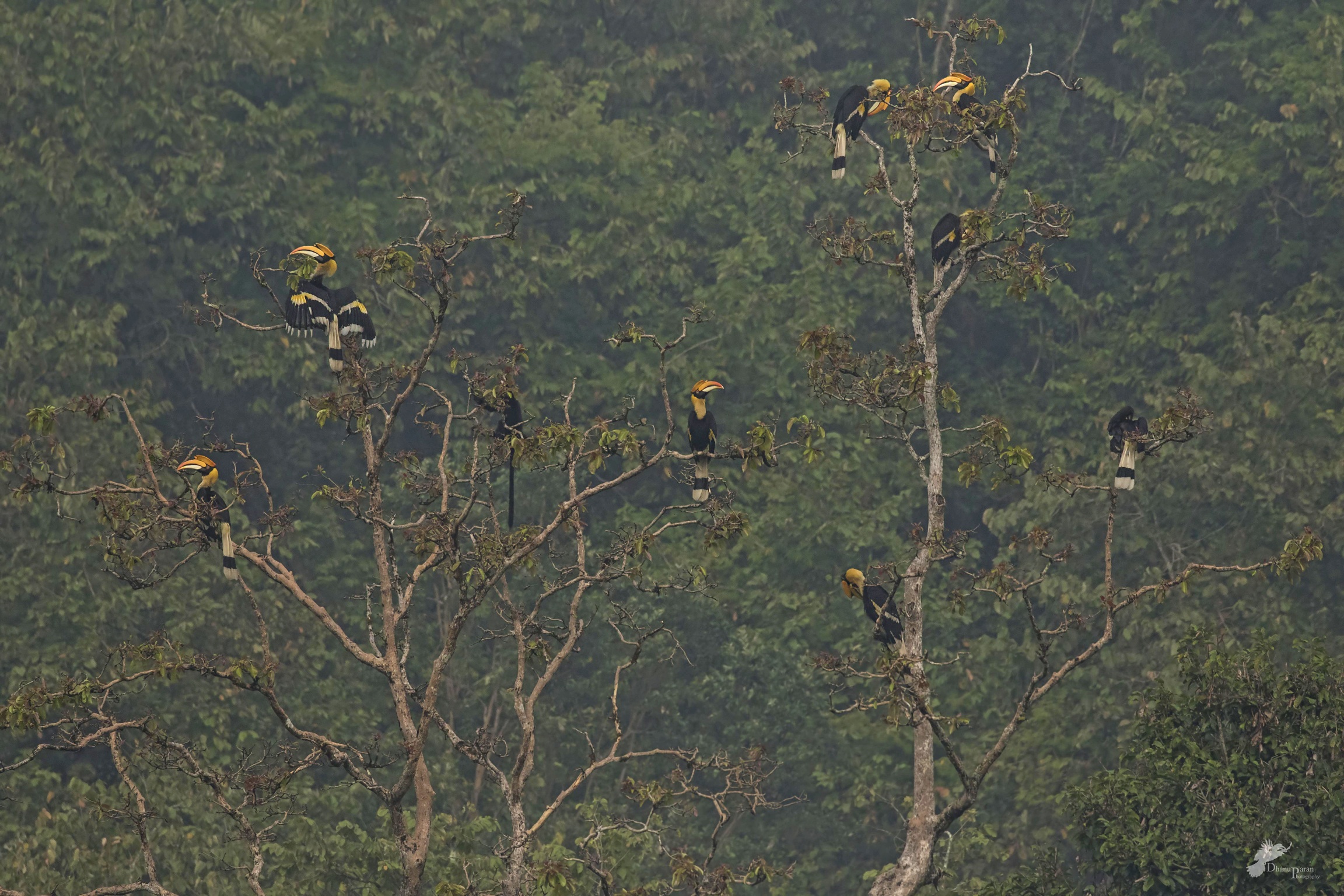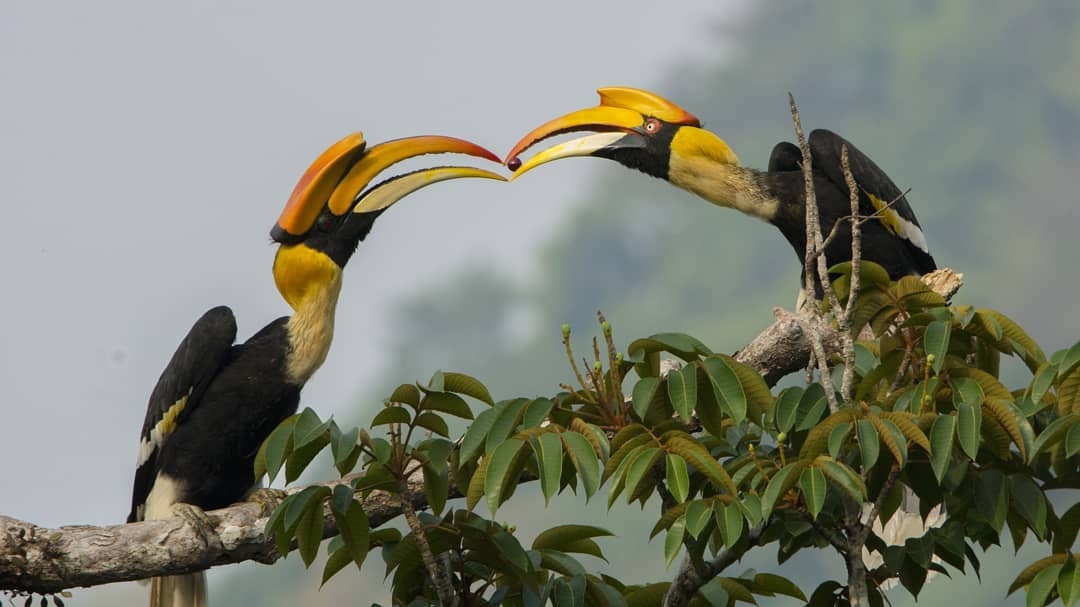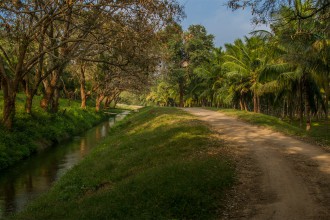Come monsoon, we find them suddenly making their appearance like artistes on a stage! There are small ones and big ones, soft and hard , thin and fat , ones that resemble sticks and those that resemble stars, some that look like nests with eggs and some that look like webs.
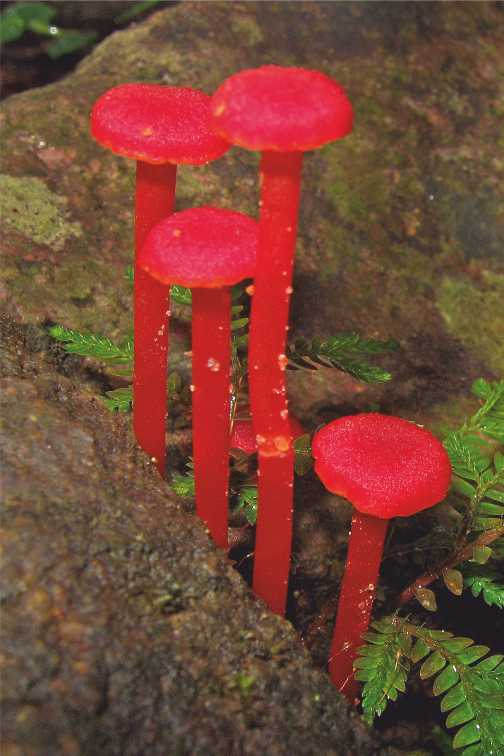
A few glow in the dark and many that stink. They also occur in a wide range of colours – red to rust, golden to grey and brown to black. These are the fascinating fungi!
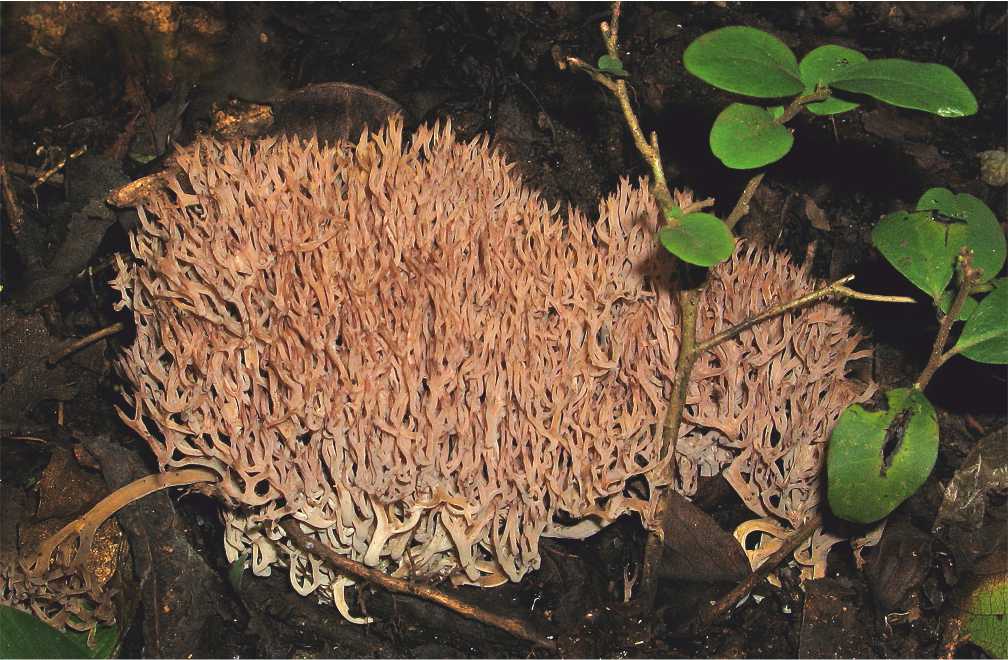
There is more to fungi than meets our eye – They reproduce by the production of spores that are easily transported by air, which thengerminate when they land on a suitable surface with adequate moisture, for most fungi thrive in a warm, humid environment. The body of the fungus (which is usually a network of strands) mostly remains underground, but some fungi live with algae forming lichens which are found commonly on trees and rocks. They also live in close association with plant roots.
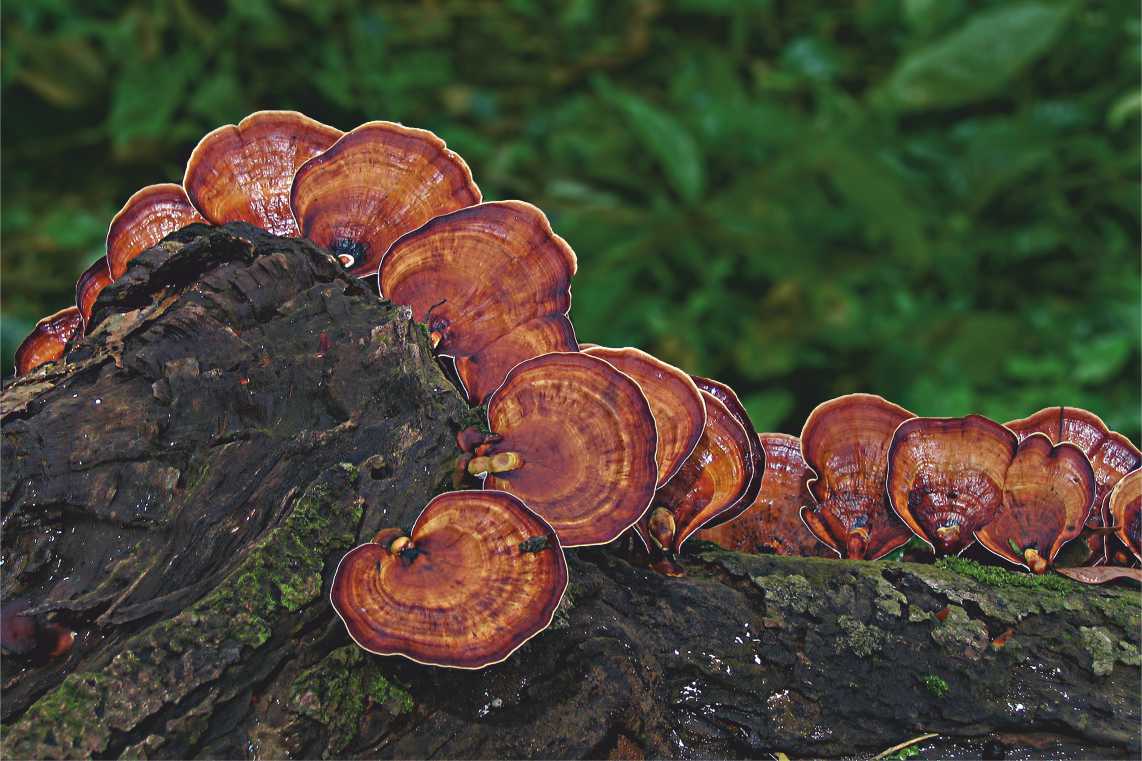
Apart from this many uses have been found for these organisms . It is not just humans who consume edible fungi ( like button mushrooms); many termites actually cultivate a species of fungus for food. They also have medical properties – some fungi like Penicillium are used in the preparation of medicines. In fact, yeasts used in making beer and bread are a king of fungus. This shows us that fungi play a very important role in nature. They help clear-up a lot of the organic debris on our planet.
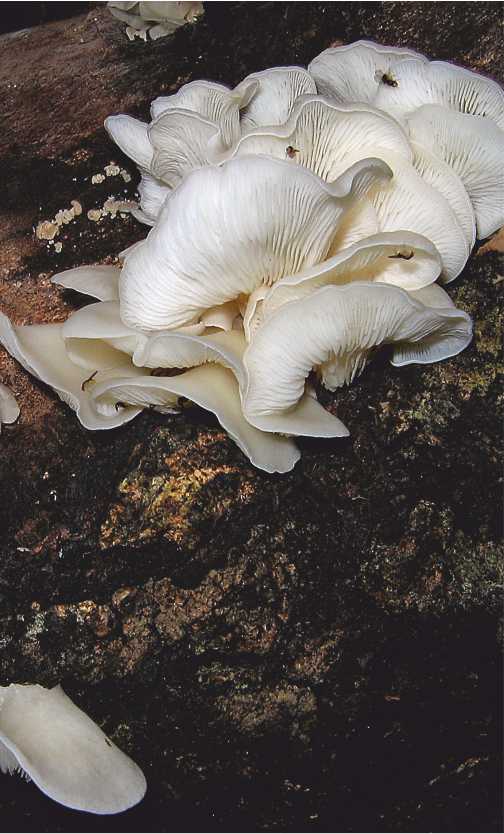
Since they are saprophytes and feed on dead and decaying matter. Along with bacteria, they recycle important nutrients like nitrogen and phosphorus into the ecosystem that can then be used by plants to grow. Fungi are hence popularly referred to as “decomposers”.
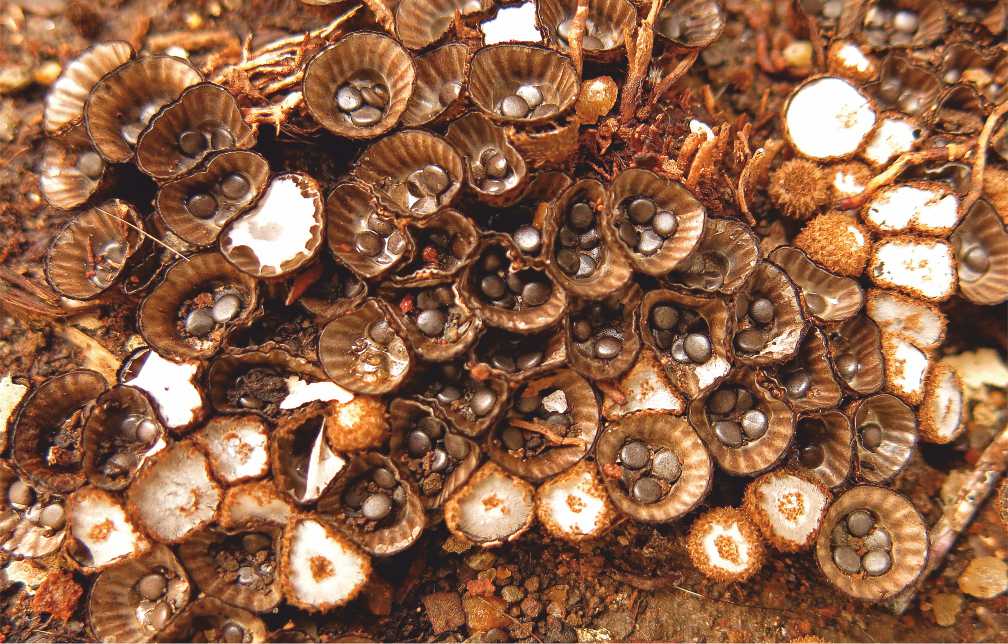
Did you know, the largest organism on planet Earth is actually a fungus?
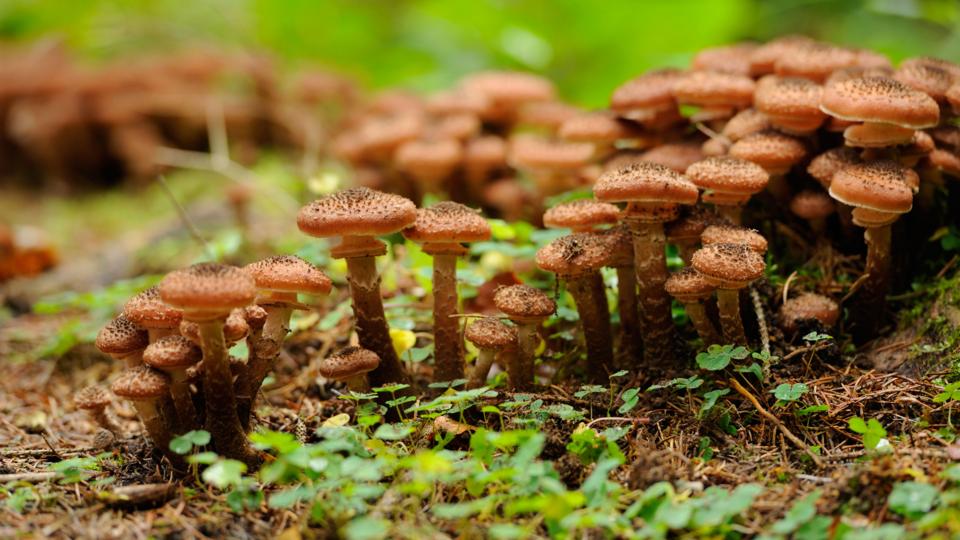
The Honey Fungus as it is popularly known, is spread over an area of 9.5 sq. km. What is mainly visible to the naked eye as mushrooms, toadstools and other forms are essentially fruiting bodies (reproductive part) of various species of fungi. Though we see most fungi for a very brief period, they are very much alive even after the ideal fruiting conditions are gone.
Invisible to us, they are there – pretty much everywhere – in the soil, on tree trunks, on leaves, etc.In the form that we often see, they are ephemeral. So enjoy them while they last!

